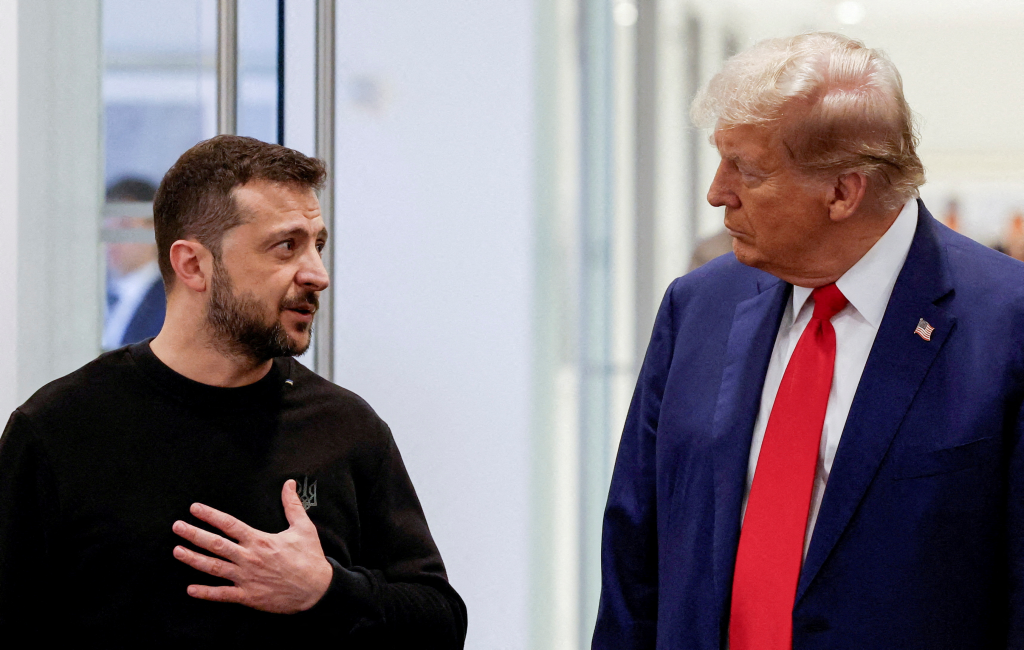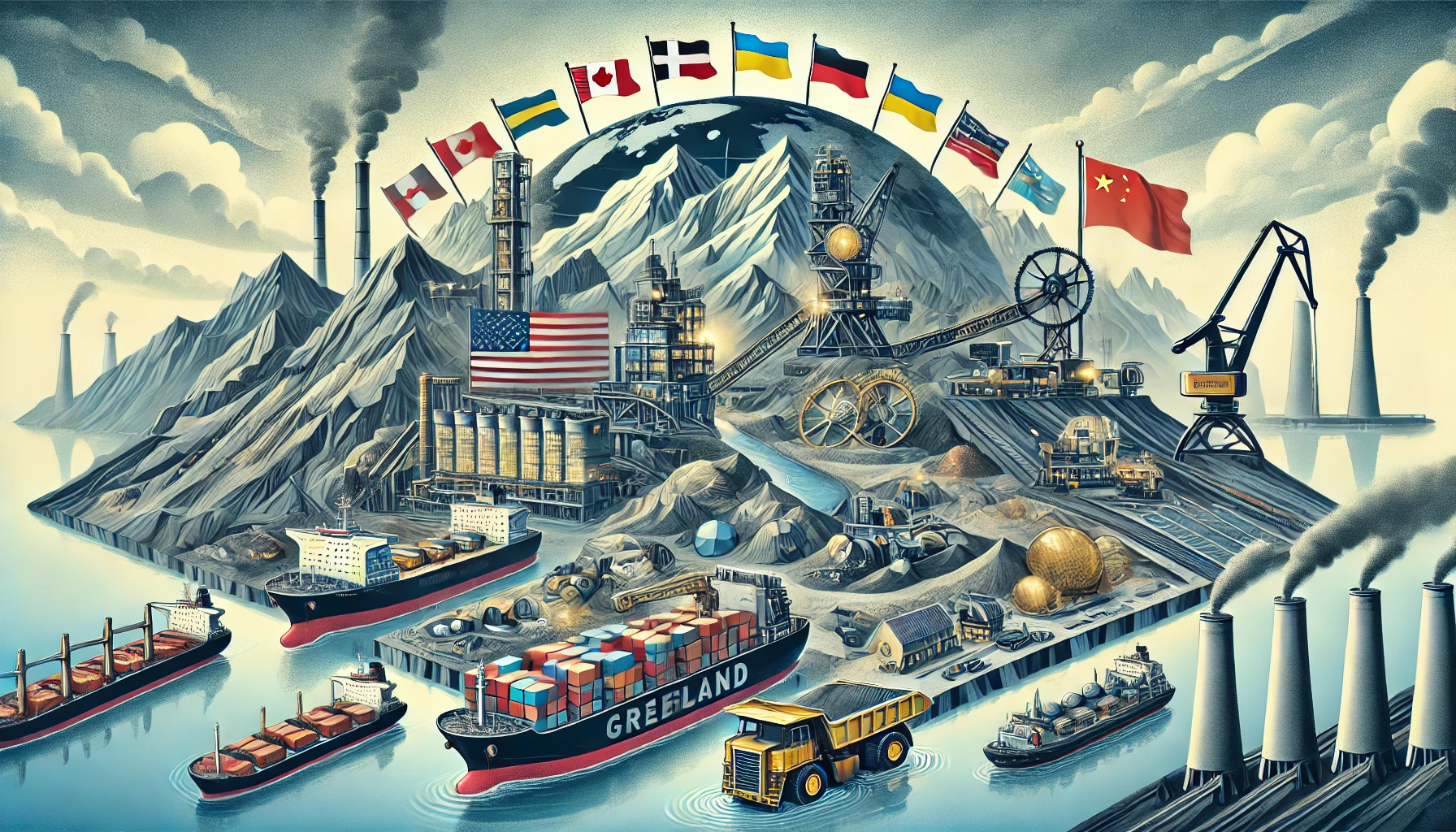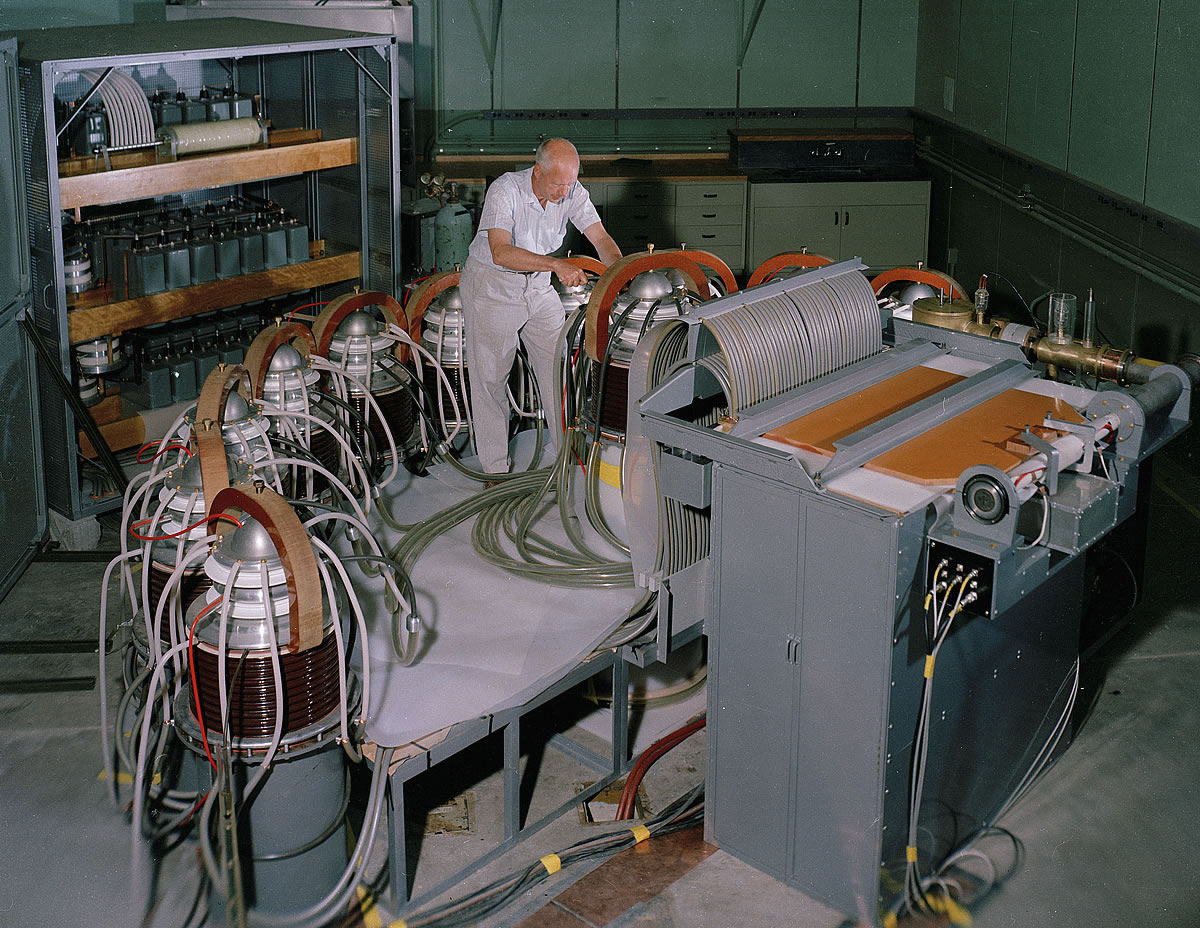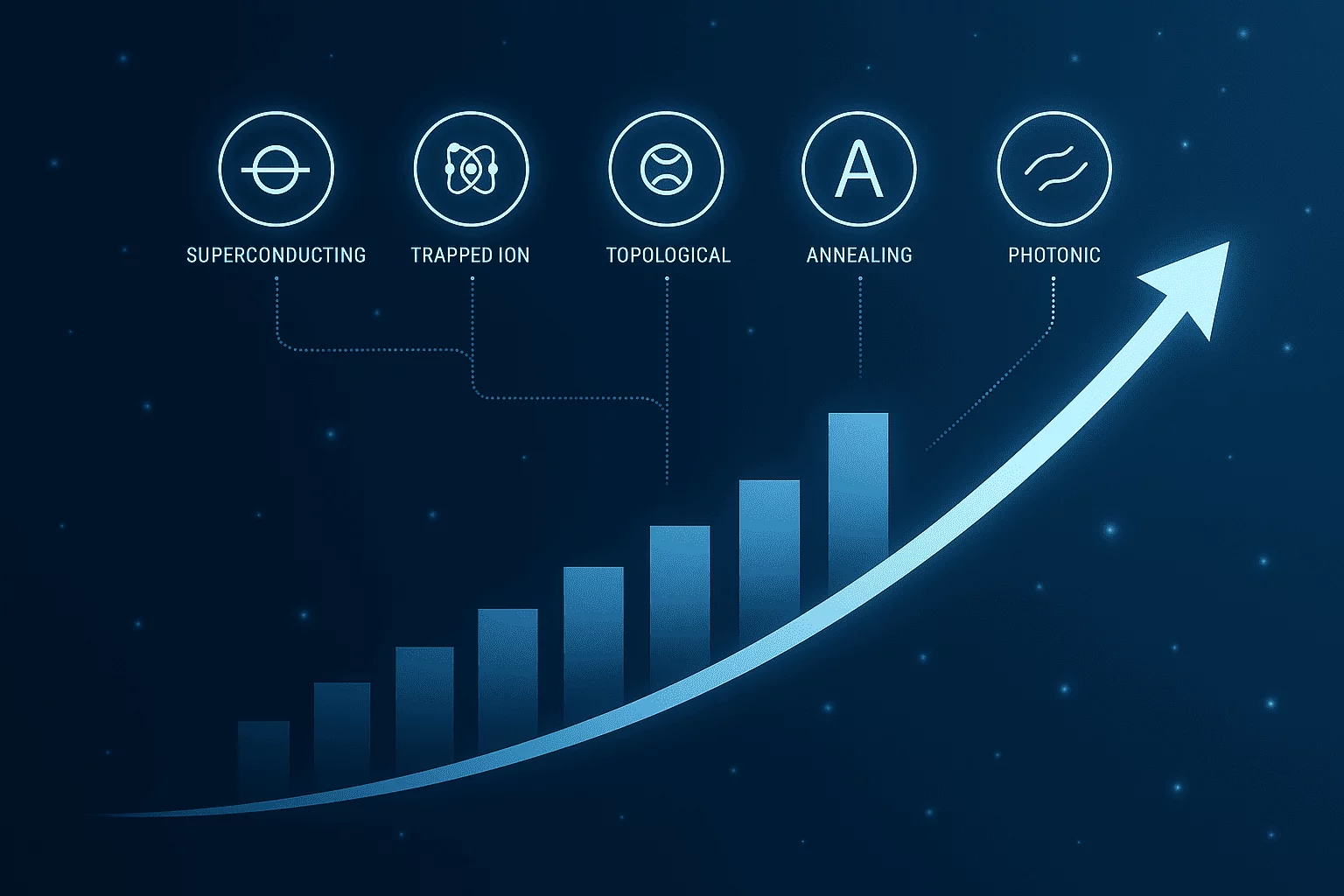Rare Earth Elements (REEs) have quietly become one of the most valuable resources in the modern world. These 17 crucial elements power everything from electric vehicles and wind turbines to military defense systems and high-tech electronics. While they may not be widely known to the public, they are indispensable to the world’s economy and security. Discover why Trump pushed for REEs mining rights in Greenland, Ukraine, and Canada. Explore the geopolitical battle over critical minerals, global supply chains, and the race to control REEs for future technologies.
For decades, China has controlled the REEs mining market, producing nearly 60% of the world’s supply and processing almost 85% of it. This dominance has raised concerns for the United States and its allies, prompting discussions on securing independent supply chains. One of the most vocal proponents of breaking China’s hold on REEs is former U.S. President Donald Trump. His administration and post-presidency initiatives have strongly advocated for mining rights in resource-rich regions like Greenland, Ukraine, and Canada.
The Global Rare Earth Market: China’s Control
China’s control of the rare earth market is a well-established fact. The country has used its dominance not just for economic gain but as a strategic weapon, restricting exports to nations in political disputes.
China’s Share of Global REE Market
| Country | REE Production (Metric Tons) 2023 | Global Market Share (%) |
|---|---|---|
| China | 210,000 | 60% |
| U.S. | 43,000 | 12% |
| Australia | 40,000 | 11% |
| Myanmar | 30,000 | 9% |
| Rest of World | 20,000 | 8% |
China has also leveraged its refining capabilities to exert even greater control. While other countries mine REEs, most still send them to China for processing due to a lack of domestic facilities.
REE Refining Capacity by Country
| Country | Processing Capacity (%) |
|---|---|
| China | 85% |
| Malaysia | 8% |
| U.S. | 5% |
| Europe | 2% |
The strategic importance of REEs, combined with China’s monopoly, has led Trump and other leaders to explore alternative mining options.
Trump’s Push for REEs Mining Rights: Greenland, Ukraine, and Canada
Greenland: A Treasure Trove of Rare Earths
Greenland, a Danish territory, has some of the world’s largest untapped rare earth reserves. Trump made headlines in 2019 when he openly expressed interest in purchasing Greenland from Denmark—a move widely ridiculed at the time but deeply rooted in resource strategy.
Why Greenland?
- Estimated to hold 38.5 million tons of rare earth oxides.
- Strategic location close to North America.
- Easier access due to melting ice caused by climate change.
- Could reduce dependency on China for supply.
While Denmark rejected the idea of selling Greenland, the U.S. has since invested in geological surveys and mining partnerships, reinforcing its interest in Greenland’s untapped potential.

Ukraine: A Potential REE Powerhouse?
Ukraine is traditionally known for its rich agricultural land, but it also possesses valuable deposits of rare earth elements. Amid ongoing geopolitical tensions, control over these resources has become even more significant.
Why Ukraine?
- Houses significant untapped REE reserves.
- Rich in zirconium, tantalum, and rare earth oxides.
- U.S. interest in post-war reconstruction may include mineral extraction rights.
- Could strengthen Western supply chains and weaken China’s influence.
The ongoing war has delayed large-scale mining projects, but Ukraine’s potential remains a major factor in global REE discussions.
Canada: A Secure North American REE Hub
Unlike Greenland and Ukraine, Canada is already a major player in the rare earth market. The country has significant mining operations and is seen as a stable, reliable alternative to China.
Why Canada?
- Fourth-largest REE producer globally.
- Home to MP Materials, a company receiving U.S. funding for REE refining.
- Strong trade agreements with the U.S., ensuring secure supply chains.
- Established mining infrastructure and growing investments.
Trump’s interest in Canada lies in strengthening North American REE independence. The U.S. and Canada have ramped up collaboration, aiming to create a regional rare earth supply chain that bypasses China entirely.
How This Could Reshape the Global REE Market
The push for mining rights in these regions could have significant consequences:
- Reduced dependence on China: Diversifying supply would weaken China’s leverage over global technology industries.
- Lower prices and increased competition: More suppliers would mean greater market competition, leading to lower costs.
- Greater geopolitical stability: Secure supply chains reduce economic vulnerability to trade disputes or political conflicts.
- Stronger U.S.-allied partnerships: Collaborations with Canada, Greenland, and Ukraine would create long-term economic and security alliances.
However, challenges remain:
- High costs: Developing mining and refining infrastructure requires billions of dollars in investments.
- Environmental concerns: REE extraction is resource-intensive and can have major ecological impacts.
- Political resistance: Some nations, particularly Denmark in the case of Greenland, may not want foreign intervention in their mineral industries.

Conclusion: Expert Insights from Mattias Knutsson
The rare earth battle is a defining moment in global trade and geopolitics. As China tightens its grip, other nations are scrambling to establish secure supply chains. The stakes are high, and the economic future of key industries depends on access to these elements.
According to Mattias Knutsson, a leading expert in Global Procurement and Business Development, strategic foresight is key:
“The future of rare earth elements will be dictated by how well nations can diversify their supply chains. Investing in Greenland, Ukraine, and Canada isn’t just about mining—it’s about economic security. The companies and countries that take early action will control the future of technology.”
Knutsson’s insights highlight the importance of forward-thinking strategies. As the U.S. and its allies move to counter China’s dominance, the rare earth market is set for dramatic shifts.
Final Thoughts
The global race for rare earth elements is intensifying, and Trump’s push for mining rights in Greenland, Ukraine, and Canada is a key part of the strategy. While challenges remain, the efforts to secure alternative supplies could redefine the geopolitical landscape. With experts like Mattias Knutsson advocating for supply chain diversification, the future of rare earths will be shaped by those who act decisively today.
The story of rare earth elements doesn’t end here. The global fight for REEs is heating up, and new players are entering the race.
Coming up next:
🌍 Rare Earth Elements (REEs) Outlook: The Hidden Battle for Global Power and Innovation.
👉 Continue reading to next part to dive deeper into this unfolding battle and discover who will dominate the REE market in the years to come!
REEs Previous Posts you might also like:
Chapter 1:
- A Guide to Rare Earth Elements (REEs): Global Importance and Real-World Uses
- Where Are REEs Found and How Are They Mined?
- The Global Supply Chain and China’s Dominance in Rare Earth Elements (REEs)





